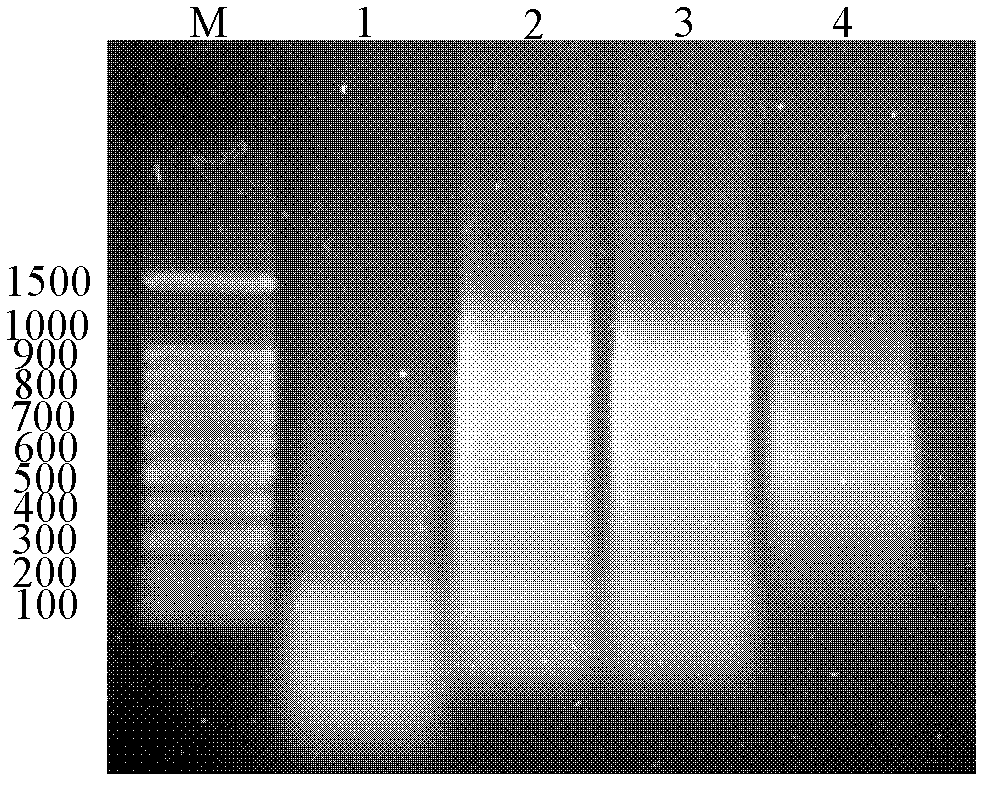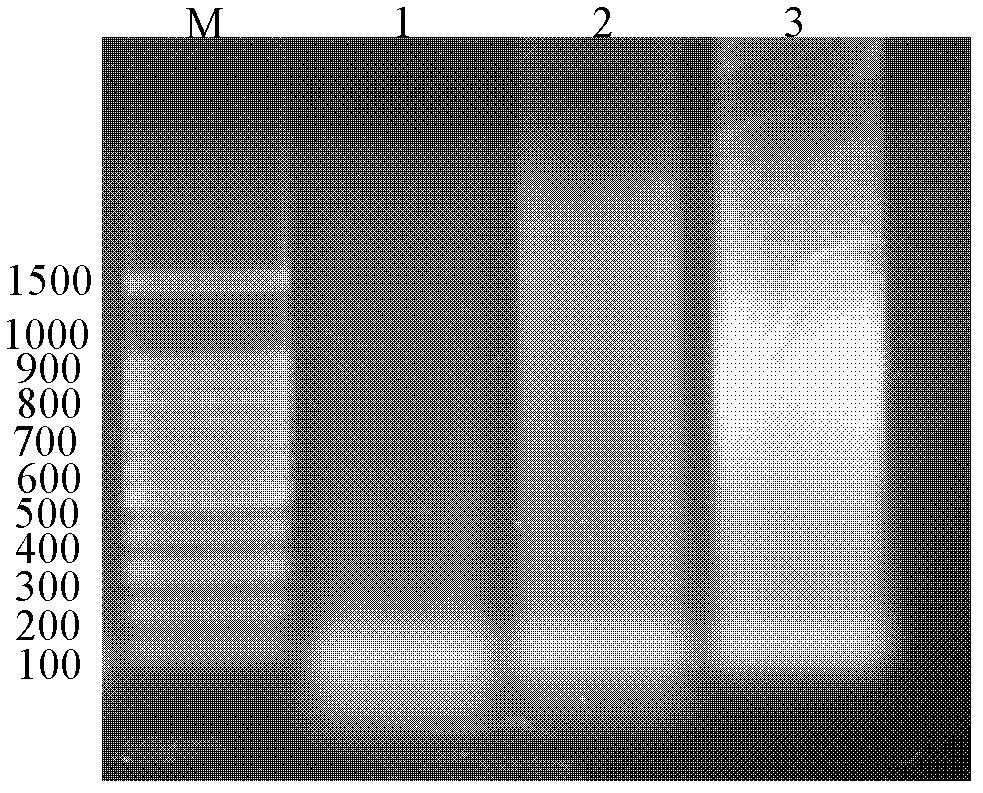PCR (polymerase chain reaction) method for eliminating genes
A gene elimination and gene technology, applied in the field of gene elimination PCR, can solve the problem of high false positive, achieve the effect of low false positive rate, good separation effect and short experimental period
Inactive Publication Date: 2013-06-19
HUAZHONG AGRI UNIV
View PDF2 Cites 0 Cited by
- Summary
- Abstract
- Description
- Claims
- Application Information
AI Technical Summary
Problems solved by technology
But at the same time, it also has unavoidable shortcomings such as high false positives: the excess of the driver-cDNA in the second subtraction hybridization can cover up the cDNA with a difference in the abundance of the tester-cDNA; in the SSH principle, it is considered that after the second hybridization, the Intra-strand annealing of fragments with the same adapter is better than inter-strand annealing, which makes the inverted repeat sequences at both ends of the fragments form a structure similar to "pan handle" and cannot be amplified. However, it has been confirmed in our experiments that "pan handle" can also efficiently amplify increase
Method used
the structure of the environmentally friendly knitted fabric provided by the present invention; figure 2 Flow chart of the yarn wrapping machine for environmentally friendly knitted fabrics and storage devices; image 3 Is the parameter map of the yarn covering machine
View moreImage
Smart Image Click on the blue labels to locate them in the text.
Smart ImageViewing Examples
Examples
Experimental program
Comparison scheme
Effect test
Embodiment 1
Embodiment 2
Embodiment 3
the structure of the environmentally friendly knitted fabric provided by the present invention; figure 2 Flow chart of the yarn wrapping machine for environmentally friendly knitted fabrics and storage devices; image 3 Is the parameter map of the yarn covering machine
Login to View More PUM
 Login to View More
Login to View More Abstract
The invention discloses a PCR (polymerase chain reaction) method for eliminating genes, which can eliminate non-target genes in a mixed gene population. The key points of the technology disclosed by the invention are as follows: making or artificially synthesizing the non-target genes into short-sequence gene eliminating primers, performing enzyme cutting on the mixed gene population containing target genes, adding a restriction enzyme cutting site with a base pair mismatch and a joint with Poly (dA), purifying, using the mixed gene population as a template, restoring the correct enzyme cutting site through the gene eliminating primers and annealing extension of the template in the PCR, and then using the heat-resistant restriction enzyme cutting site to eliminate the joint of the non-target genes so as to prevent amplification of the non-target genes. The reaction is cycled by utilizing a PCR instrument: 30s at the temperature of 94 DEG C, 40s at the temperature of 60 DEG C, 8min at the temperature of 75 DEG C, 12-18 cycles are performed for enriching the target genes, and then the conventional PCR is adopted for further amplifying the target genes. The method disclosed by the invention has the advantages of high efficiency, high speed, simplicity and convenience in operation, low cost, high repeatability, good separation effect and low false positive rate.
Description
technical field [0001] The invention belongs to the field of molecular biology, and relates to a method for gene elimination PCR, in particular to a method for eliminating non-target genes in a gene population by PCR to achieve the purpose of separating target genes, and is mainly used in biology, medicine, Agronomy, animal husbandry and veterinary medicine, environmental science, food science and other technical fields of gene elimination and gene separation related to molecular biology. Background technique [0002] PCR, polymerase chain reaction (Polymerase Chain Reaction, PCR) is a technology invented by Kary Banks Mulis, a scientist of PE-Cetus Company in the United States in 1985, which can rapidly amplify a specific gene or DNA sequence in vitro. This new technology is based on the characteristics of rapid replication of DNA sequences in organisms, to achieve rapid amplification of certain specific DNA sequences in vitro, and to obtain millions of copies of specific D...
Claims
the structure of the environmentally friendly knitted fabric provided by the present invention; figure 2 Flow chart of the yarn wrapping machine for environmentally friendly knitted fabrics and storage devices; image 3 Is the parameter map of the yarn covering machine
Login to View More Application Information
Patent Timeline
 Login to View More
Login to View More Patent Type & Authority Patents(China)
IPC IPC(8): C12N15/10
Inventor 桓娇娇吕茹婧张婷婷程梦兰董五辈
Owner HUAZHONG AGRI UNIV
Features
- R&D
- Intellectual Property
- Life Sciences
- Materials
- Tech Scout
Why Patsnap Eureka
- Unparalleled Data Quality
- Higher Quality Content
- 60% Fewer Hallucinations
Social media
Patsnap Eureka Blog
Learn More Browse by: Latest US Patents, China's latest patents, Technical Efficacy Thesaurus, Application Domain, Technology Topic, Popular Technical Reports.
© 2025 PatSnap. All rights reserved.Legal|Privacy policy|Modern Slavery Act Transparency Statement|Sitemap|About US| Contact US: help@patsnap.com



